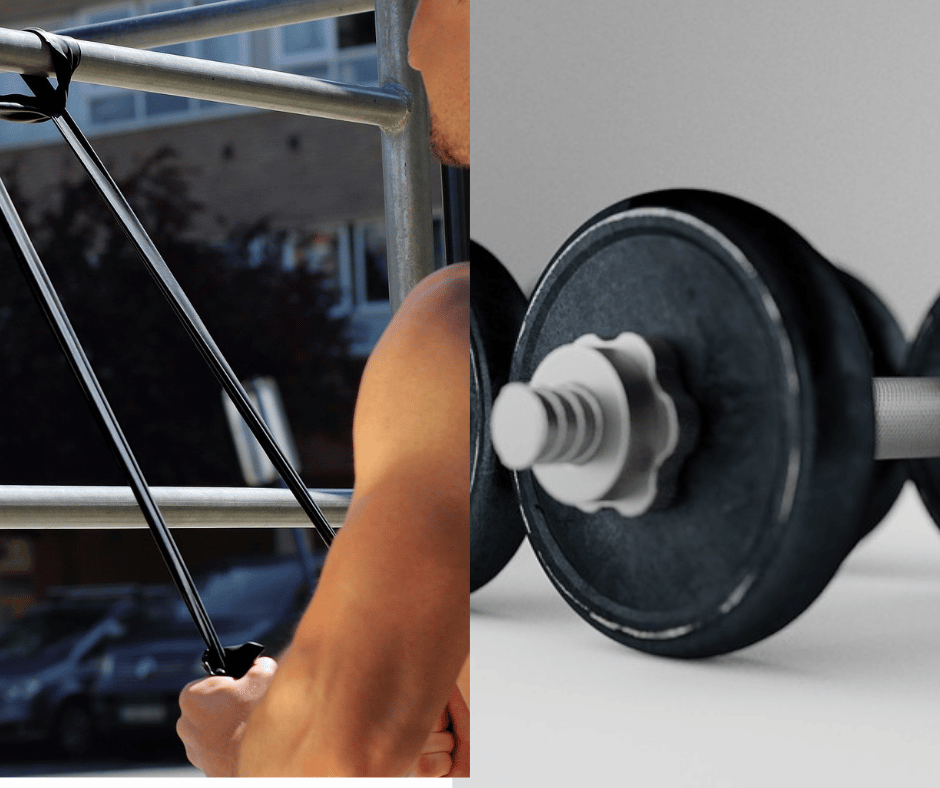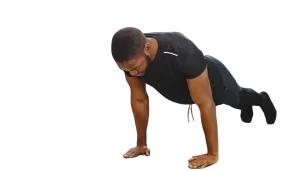Regarding the strategies that can be adopted to improve body composition, there are divergent opinions regarding the approach and methods of physical exercise to be used .
There are supporters of aerobic exercise who underline the fact that this type of training is the one most oriented towards the oxidation of fats as an energy substrate. The supporters of anaerobic physical exercise with weights, on the other hand, claim that this training, compared to the first, causing concomitant increases in lean mass and loss of fat mass, has better results in terms of the quality with which the modification of body composition occurs.
THE STUDIES CARRIED OUT
Numerous studies have been carried out on the differences in body composition between the various types of physical exercise. All with the sole purpose of evaluating how they acted differently on this aspect.
LEE’S STUDY OF 2012
Lee (2012) carried out a study to verify the changes brought about by exercise in 45 sedentary and overweight adolescents , without calorie restriction. They were randomly assigned into 3 different groups: the first was exclusively aerobic exercise (AT: Aerobic Training), the second weighted exercise, the third was a control group.
The protocols both included 3 sessions per week lasting 60 minutes, for a total of 180 min / week of physical exercise . At the end of 3 months, improvements were seen in both work groups in total, visceral and hepatic fat, with reduced waist circumference as well as improved cardiorespiratory fitness. The RT (Resistnace Training) group also increased muscle mass and strength, and achieved significant results in improving insulin sensitivity, even more than aerobic.
THE 2014 SIGAL STUDY
Similarly, Sigal (2014) also investigated these aspects, expanding the study by subjecting 304 participants to exercise, extending it by 3 months (6 months versus 3 in Lee’s study) and adding a fourth group that practiced both workouts (both aerobic and aerobic). than with AT / RT overloads).
In addition to being trained, the subjects were subjected to a daily calorie restriction of 250 Kcal. In accordance with Lee, Sigal’s study also achieved the reduction of fat deposits and all the other parameters mentioned above. For this study I have chosen to graphically report some of the results obtained, illustrating in percentage terms the different variations in body weight, total fat, BMI (weight / height ratio in square meters) and waist circumference.
THE RESULTS
As you can see for yourself, compared to the control group that did not engage in any physical activity, all the other experimental groups achieved decreases in body weight, total fat and waist circumference .
The most significant values were found in the combined protocol (AT / RT) , which performed both aerobic activity and weights.
It is very important to note that although the group trained with the use of overloads (RT) suffered a greater loss of body fat , in reality they achieved less weight reduction . The explanation lies in the fact that a greater increase in muscle mass was found at the expense of fat lost during workouts.
Furthermore, all groups obtained an increase in muscle strength , with a greater result in the RT group than in the other two.









